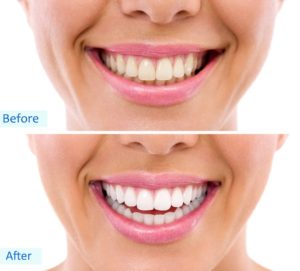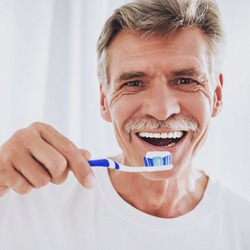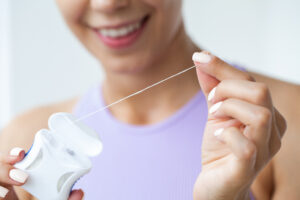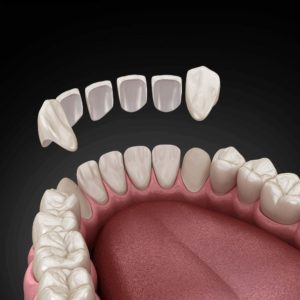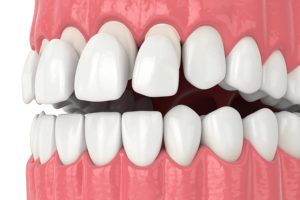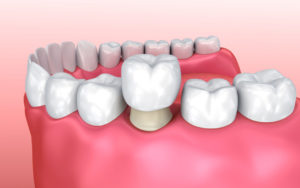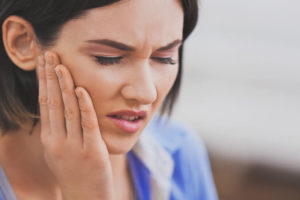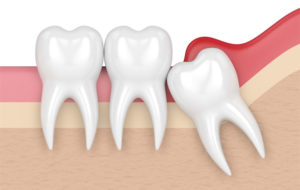A dental abscess is a painful infection that occurs around the root of a tooth or in the gums. It’s caused by bacteria that get trapped inside the tooth or the surrounding tissues, leading to swelling, pain, and sometimes a fever. A tooth abscess is a serious condition that needs attention, but many people wonder if it can go away on its own or if they must seek treatment. In this article, we’ll explore how long a tooth abscess can last, if it can heal on its own, and how you can tell if it’s healing. Let’s dive into these important questions.
How Long Do Tooth Abscesses Last?

The length of time a dental abscess lasts depends on how severe the infection is and whether it receives treatment. If left untreated, a tooth abscess can persist for weeks or even months, often getting worse as the infection spreads.
Factors That Affect the Duration of a Dental Abscess:
- Severity of the Infection: A minor abscess may last a shorter time than a more severe one. However, if not treated, it can grow in size and severity.
- Location of the Abscess: An abscess located at the tip of the tooth root may be harder to treat and may last longer than one located in the gum area.
- Your Immune System: People with strong immune systems might have a better chance of fighting off an infection on their own, but a dental abscess still typically requires treatment.
Without treatment, a tooth abscess can lead to serious health complications, including the spread of the infection to other parts of the body. It’s important to address the issue as soon as possible to prevent the infection from worsening.
Can a Tooth Abscess Heal on Its Own?
While your body might try to fight off a tooth abscess on its own, it’s unlikely that it will heal without professional dental treatment. In rare cases, an abscess may drain on its own, which can provide temporary relief from the pain, but the infection usually still remains in the tooth or surrounding area.
Why a Tooth Abscess Won’t Heal on Its Own:
- Bacterial Infection: An abscess is a bacterial infection that typically won’t go away without treatment. The bacteria can continue to spread and worsen the infection.
- Damage to the Tooth: An abscess can damage the tooth structure, leading to more serious issues like tooth loss or the spread of the infection.
- Pain and Swelling: Even if the pain temporarily decreases, the infection can still cause long-term damage without intervention.
In most cases, dental treatment, such as a root canal or tooth extraction, is necessary to fully treat a dental abscess.
Will Antibiotics Get Rid of a Tooth Abscess?
Antibiotics can help control the infection caused by a tooth abscess, but they are not a cure on their own. Antibiotics can reduce the pain and swelling by fighting the bacteria, but they can’t remove the infection from the tooth. Only dental procedures can fully address the root cause of the abscess.
What Antibiotics Do:
- Control the Infection: Antibiotics help reduce the number of bacteria in the infected area, making it easier for the body to fight the infection.
- Prevent the Spread of Infection: Antibiotics can prevent the infection from spreading to other parts of your body, such as the jaw, neck, or bloodstream.
However, after taking antibiotics, you still need to see your dentist. The abscess may return if the underlying dental issue is not treated. For example, the infection may be trapped in the tooth’s root or gum tissue, and only a procedure like a root canal or extraction can resolve it fully.
Can You Get Rid of a Tooth Abscess Without Going to the Dentist?
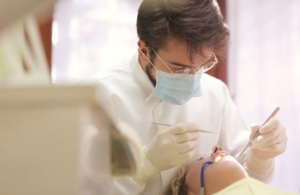
It’s very risky to try and get rid of a tooth abscess without visiting the dentist. While some home remedies, such as warm saltwater rinses, may provide temporary relief, they will not cure the infection or remove the cause. Attempting to drain the abscess yourself or using unproven treatments can make the problem worse and lead to further complications.
Why You Shouldn’t Treat a Tooth Abscess at Home:
- Risk of Spreading the Infection: Draining the abscess yourself can cause bacteria to spread to other parts of your mouth or body, leading to more severe health problems.
- Inadequate Treatment: Home remedies like saltwater rinses can relieve discomfort, but they won’t eliminate the infection. Without proper dental treatment, the abscess can come back.
- Potential for Serious Complications: If left untreated, a tooth abscess can cause more serious conditions, such as bone loss, tooth loss, and even infections that can spread to the bloodstream.
The best way to handle a dental abscess is to see a dentist who can assess the situation and provide the appropriate treatment. This may include draining the abscess, performing a root canal, or extracting the affected tooth.
How to Tell if an Abscess is Healing
Once a tooth abscess is treated by a dentist, it’s important to monitor the healing process to make sure everything is going well. If the abscess was drained or treated with a root canal, you’ll want to know the signs of proper healing to avoid further complications.
Signs That an Abscess is Healing:
- Decreased Pain: One of the first signs that an abscess is healing is a reduction in pain. The pressure in your mouth should start to go down, and the sharp pain should lessen.
- Reduced Swelling: Swelling around the affected tooth should gradually decrease. If the swelling persists, it could indicate that the infection hasn’t been fully resolved.
- No More Pus: If there was pus draining from the abscess, you should notice that it stops once the infection is healing.
- Normal Gum Color: Your gums should return to their normal color. Red or swollen gums can be a sign that the infection is still present or returning.
- No More Fever: A fever caused by an infection should go away as the abscess heals.
It’s important to follow your dentist’s instructions after treatment to ensure the abscess heals correctly. In some cases, the abscess may come back if the underlying issue isn’t fully addressed.
When to See a Dentist for a Tooth Abscess

If you think you have a dental abscess, it’s important to see a dentist as soon as possible. While there are some ways to manage the pain temporarily, such as using pain relievers or rinsing with saltwater, these remedies do not treat the infection itself. Only a dentist can determine the severity of the abscess and recommend the right treatment.
Signs You Need to See a Dentist:
- Severe Pain: If you experience constant or intense pain that doesn’t go away with over-the-counter pain relievers, you need to see a dentist immediately.
- Swelling or Fever: If the swelling is not going down or if you develop a fever, this could indicate that the infection is spreading.
- Difficulty Swallowing or Breathing: If you have trouble swallowing or breathing, this could be a sign of a serious infection that requires immediate medical attention.
A dental abscess is not something you want to ignore. Even if the pain or swelling goes away on its own, the infection can still cause serious health problems down the road.
Conclusion
A dental abscess is a serious infection that requires professional dental treatment to fully heal. While antibiotics can help manage the infection temporarily, they won’t get rid of the abscess completely. Home remedies and attempting to treat the abscess yourself can be risky and may lead to more complications. It’s important to see a dentist if you suspect you have a tooth abscess to get the proper care. Once treated, you can look for signs like decreased pain, reduced swelling, and no more pus to know that the abscess is healing. The key is to get timely treatment and follow your dentist’s advice to ensure a full recovery and avoid future dental issues.

